Human teeth allow us to tear, grind, and crush food into smaller pieces, which we then swallow and digest for energy.
Did you know the way your teeth are aligned in your mouth is unique to you? A bit like a fingerprint.
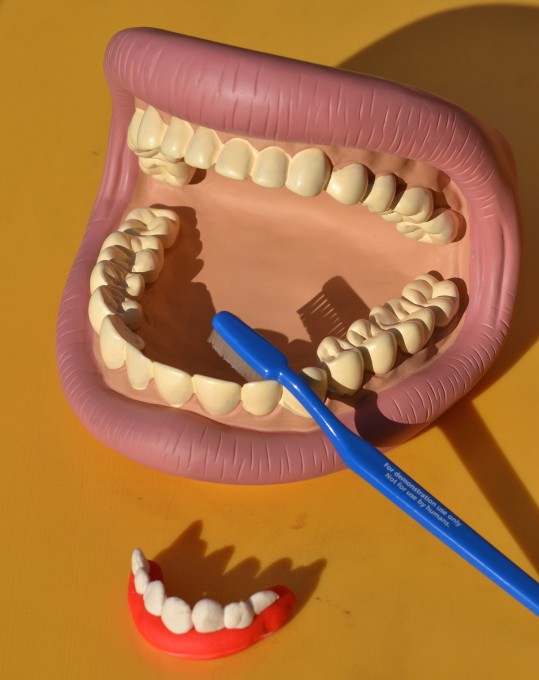
Parts of a Tooth
Enamel
Enamel is the outer layer of the tooth and the hardest tissue in the human body. Enamel protects the inside of the tooth. It may be tough, but enamel cannot fix itself if it becomes damaged, which is why it's so important to keep teeth clean.
Dentin
Dentin supports the enamel and protects the pulp underneath. It's softer than enamel.
Pulp
This is the middle part of the tooth and contains nerves, connective tissue and blood vessels.
Cementum
Cementum helps the root of the tooth attach to the gums.
Blood Vessels
Blood vessels supply blood to the teeth.
Nerve
Nerves send signals to the brain if something is wrong with the tooth.
Root
The root of a tooth is the part you can't see as it sits inside the gum line. The root is about two-thirds of the whole size of the tooth.
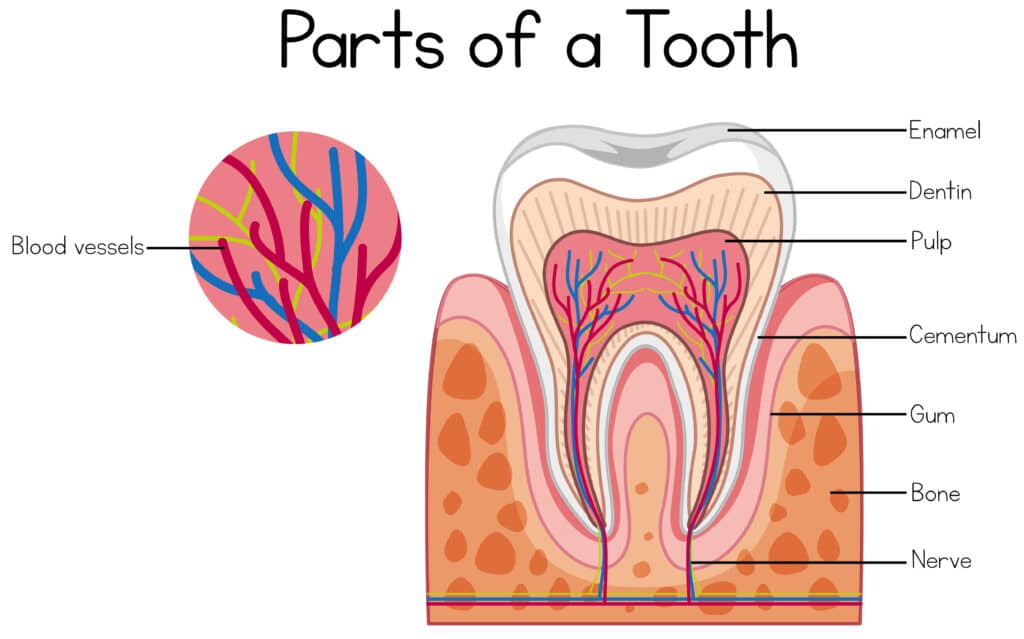
How many teeth do children have?
Children have 20 teeth, and adults have 32.
How many types of teeth do humans have?
Humans have five different types of teeth, each with a different function.
Incisors are the four front teeth. Incisors have sharp, flat edges and are usually the first to bite into food.
Canines are on either side of the incisors. They have sharp ends that help cut and rip food.
Premolars are behind the canines. There are four on the top and four on the bottom. Premolars are bigger than canines and incisors with ridges on the top. This type of tooth is important for grinding food into smaller pieces.
Molars are the two teeth behind the premolars. There are four on the top and four on the bottom; these are bigger than premolars and also help with grinding food.
Wisdom teeth are behind the molars and don't have a specific function.
More teeth activities for kids!
Learn more about the human digestive system by making a model using tights as the small intestine.
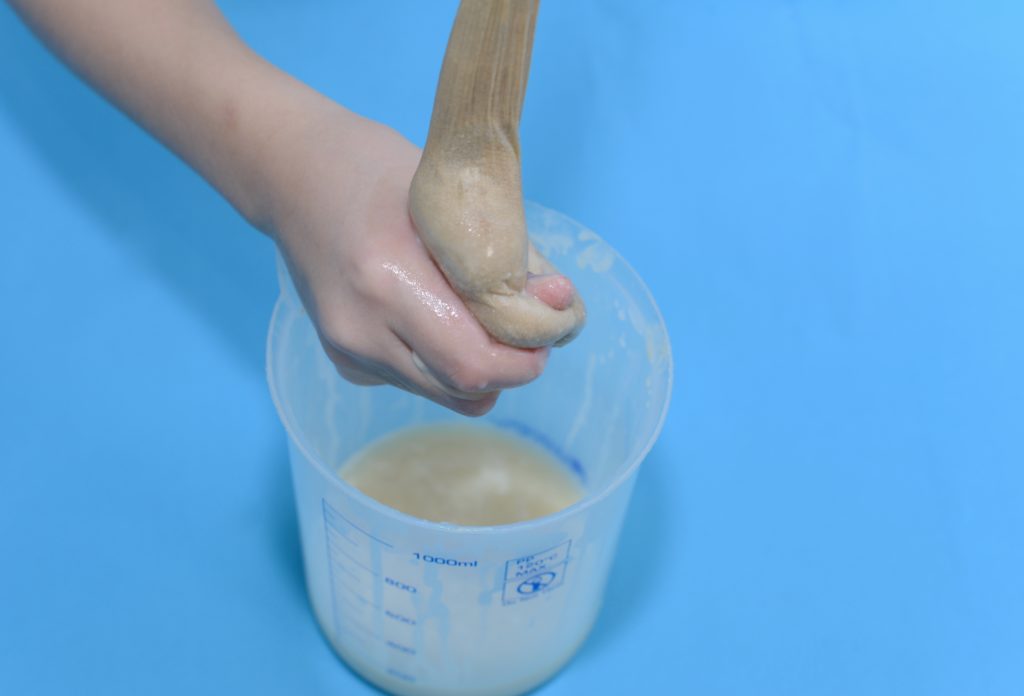
Use eggs to learn about tooth decay and find out how to keep teeth healthy and stain free.
Hello Wonderful has a gorgeous tooth anatomy printable.
Make a model of some unhealthy teeth using biscuits and marshmallows. You can find this activity in Gross Science.
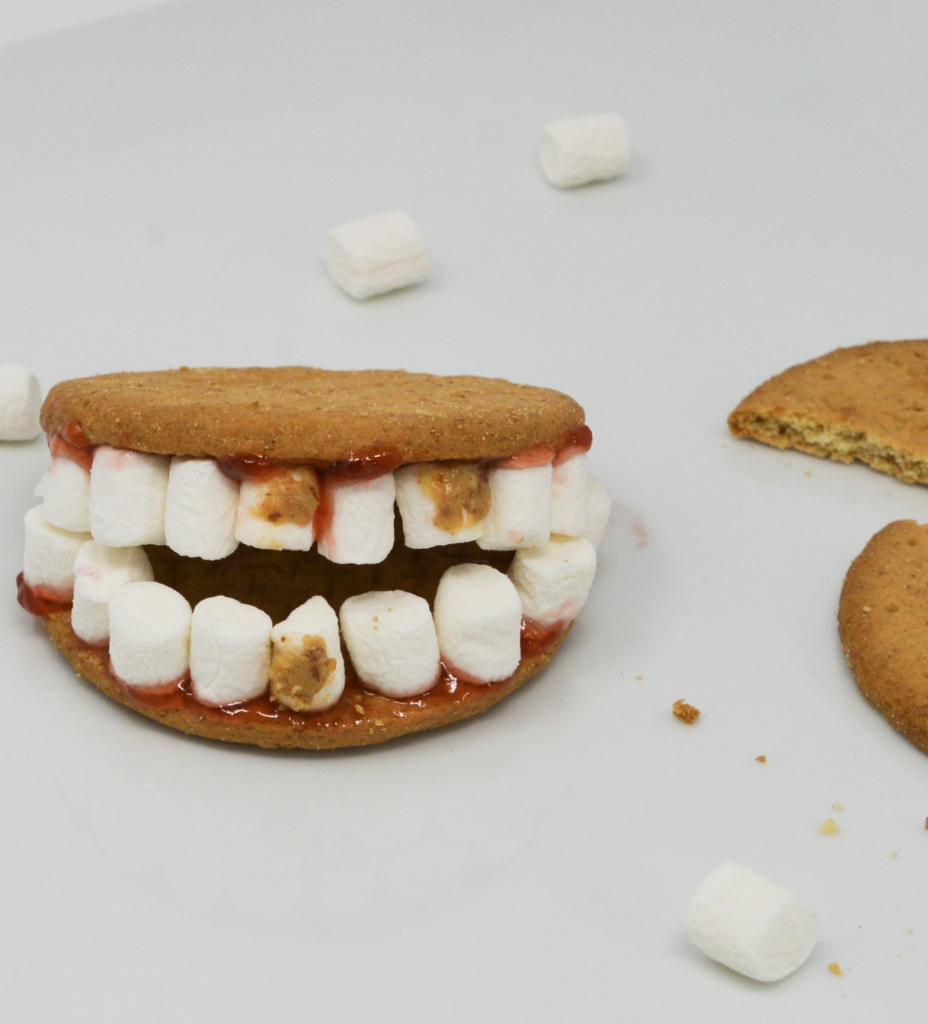
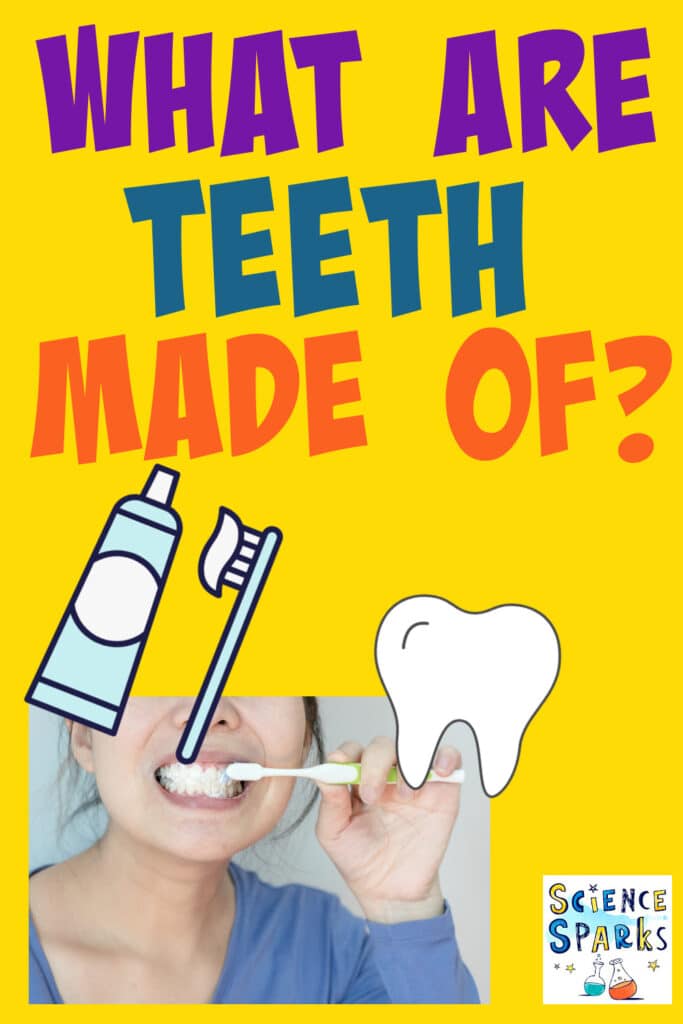
Last Updated on September 17, 2024 by Emma Vanstone
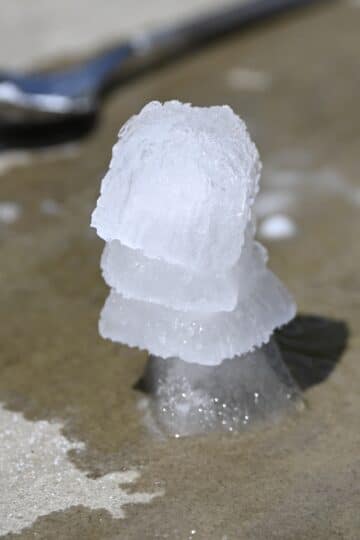
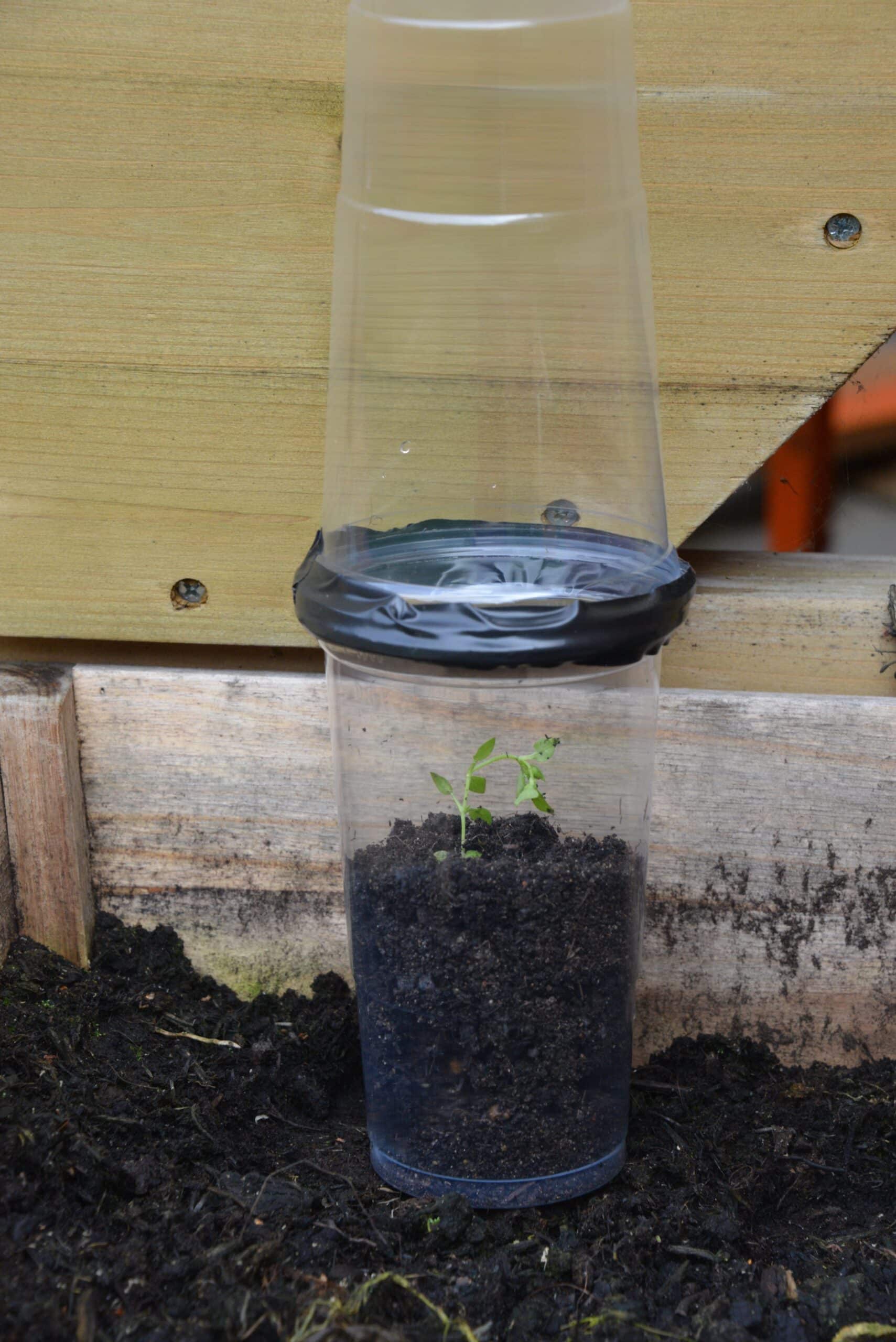
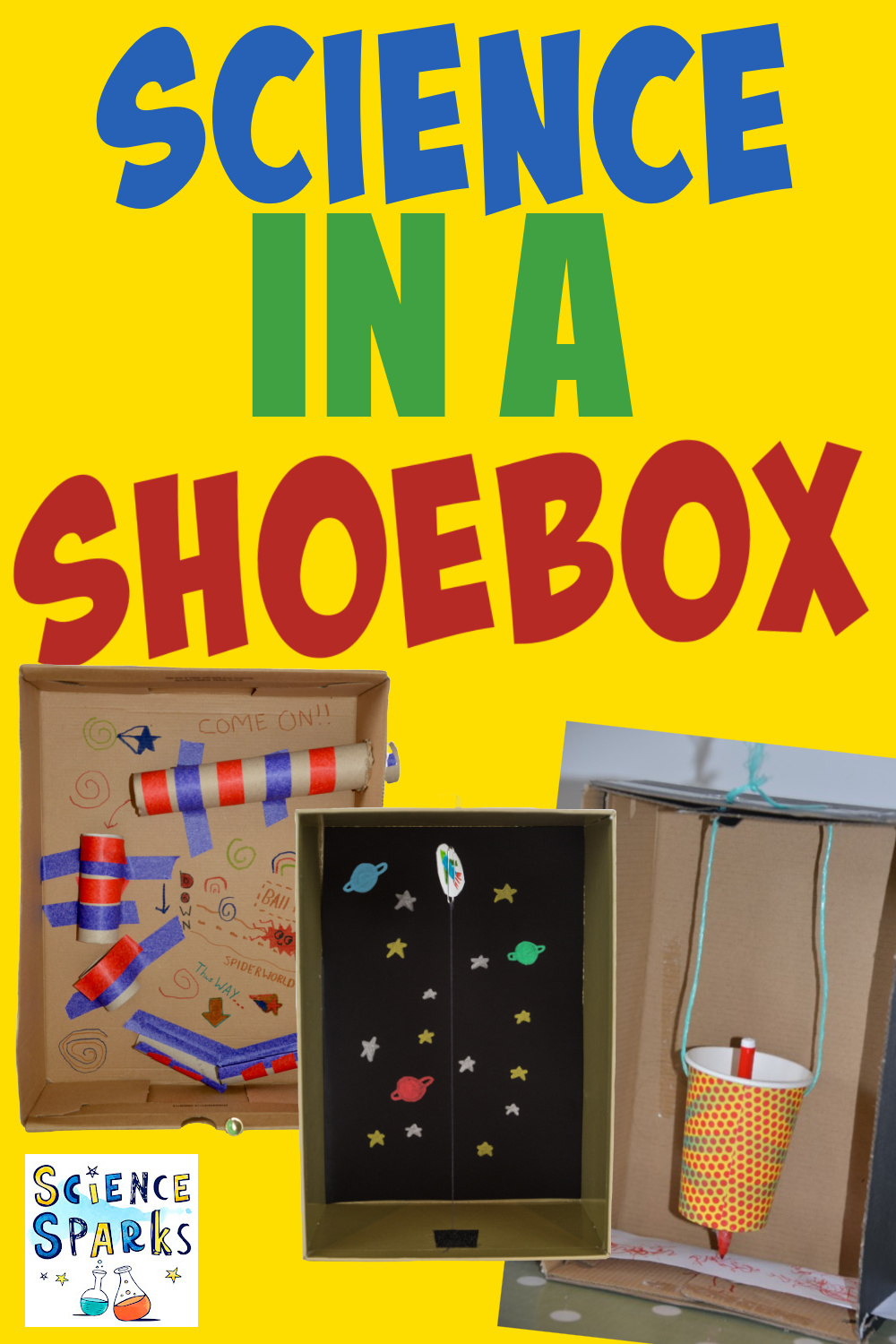
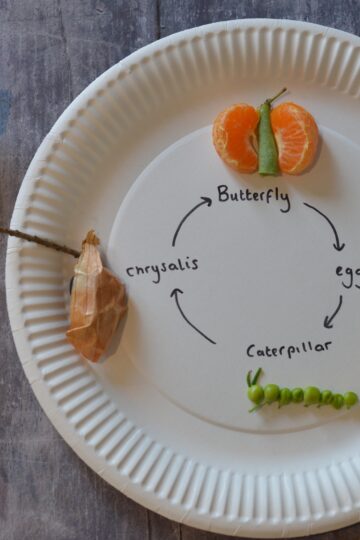
Leave a Reply